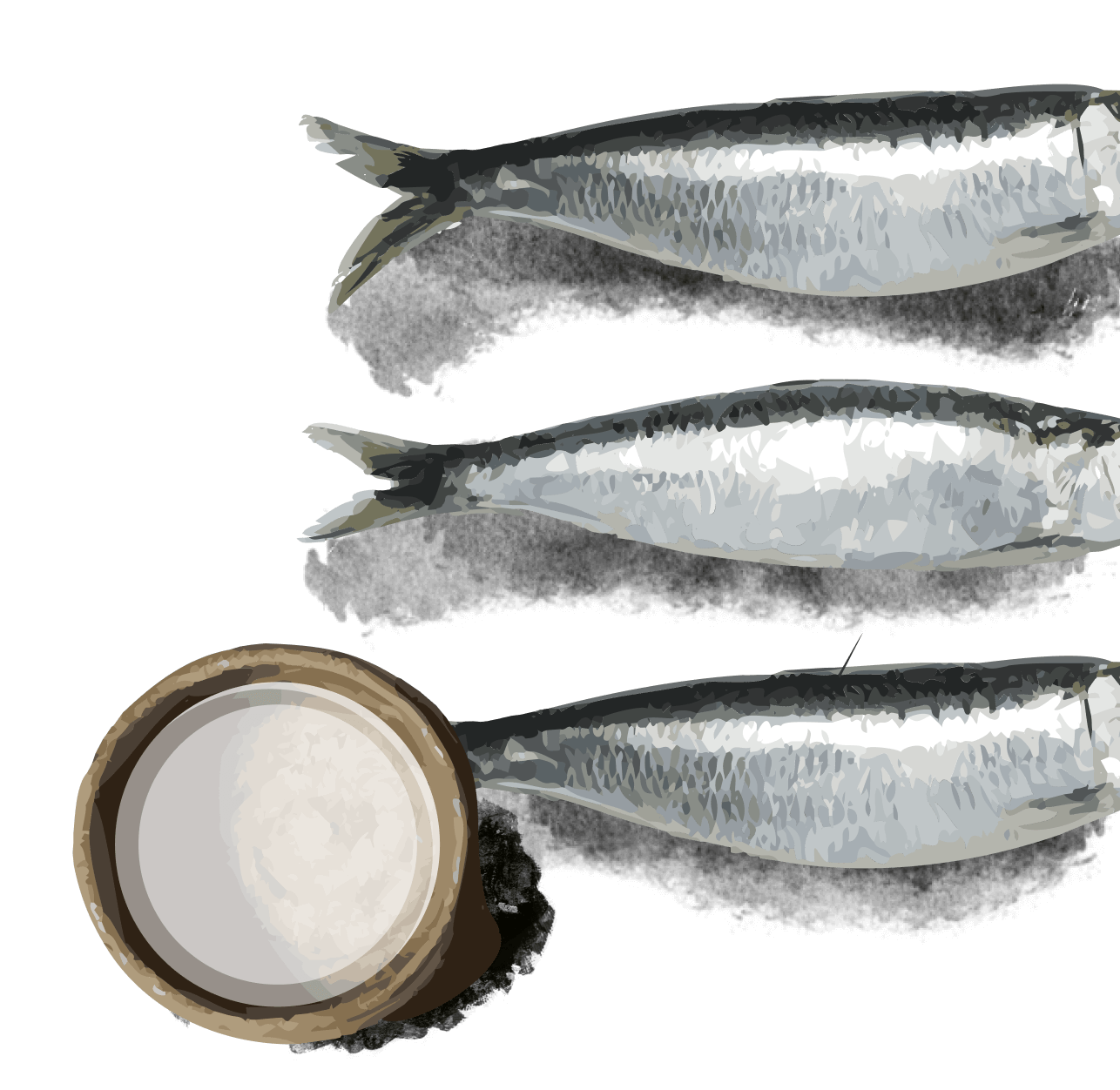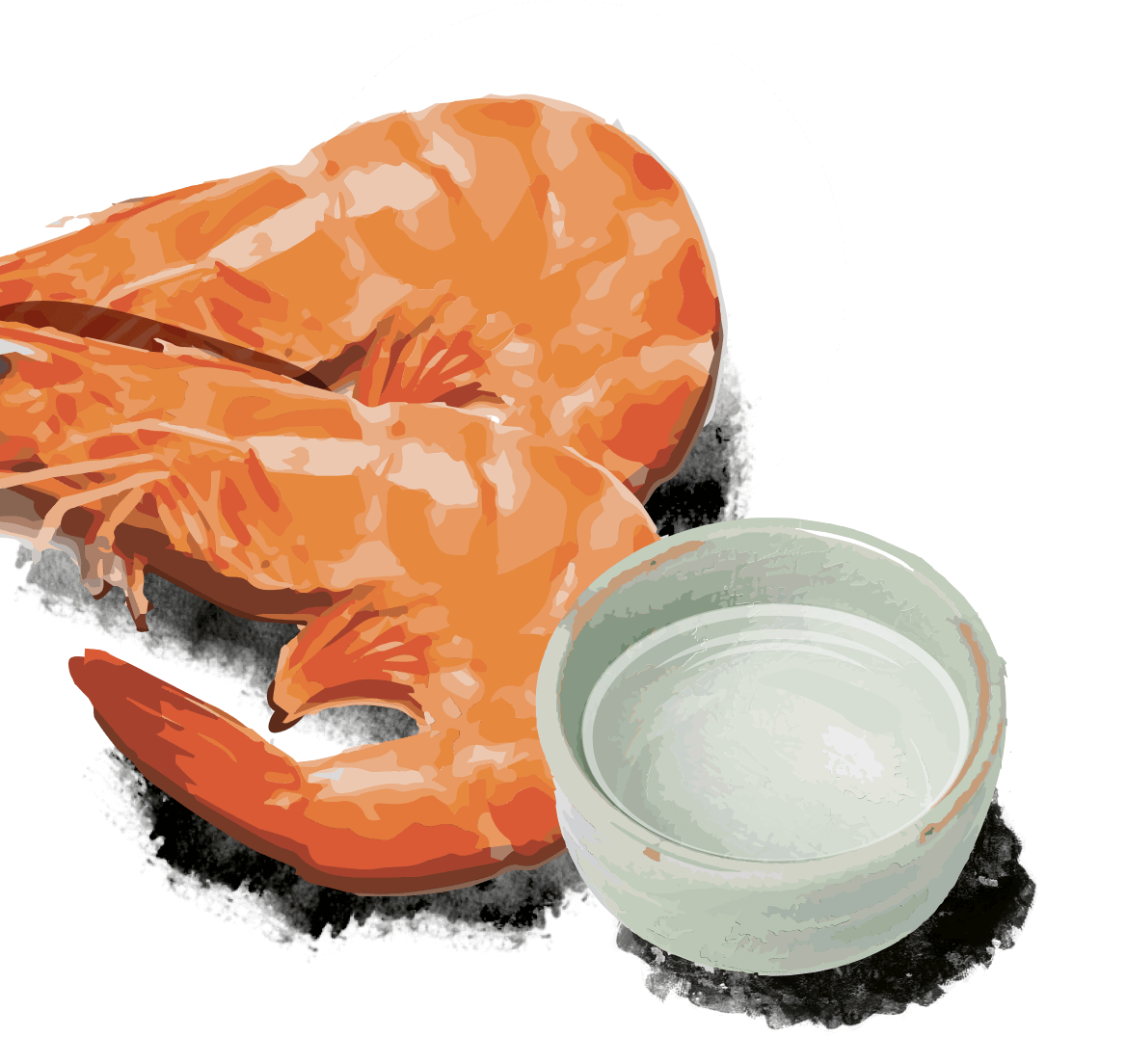Polishing Ratios of Sake
Sake is a fermented beverage made from rice, which is unlike almost any other type of alcohol. However, it is not made from the traditional kind of rice - but rather special sakamai (brewer's rice), which is where the basis of umami comes from.
Many times on Sake labels, the numbers 50% or 60% will be listed. This is not the alcohol content, but rather the “polishing ratio” - which means the degree to which the rice is polished prior to brewing. Polishing involves removing the external husk of the rice, which would otherwise would make the Sake more bitter. The purpose of polishing and the percentages associated with it define how much umami is released, and ultimately to create a better koji (rice malt).
Learn more about Sake


























